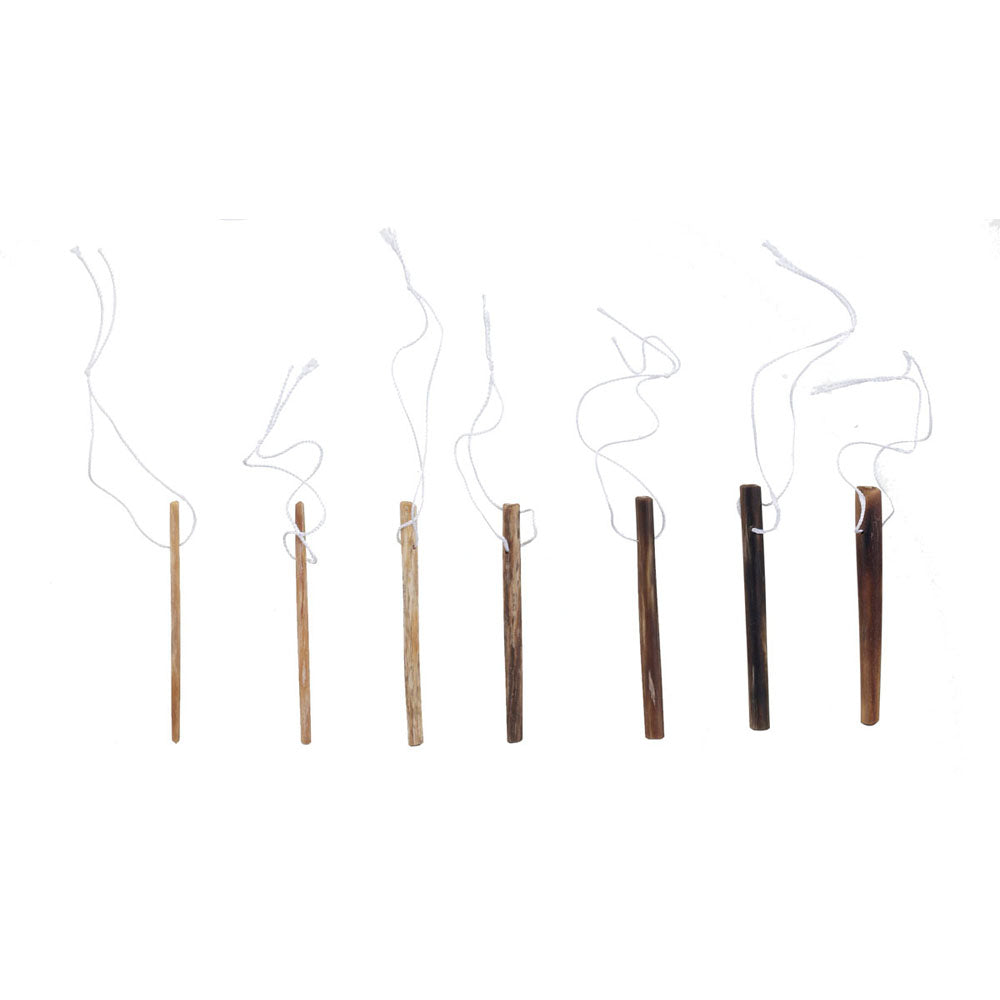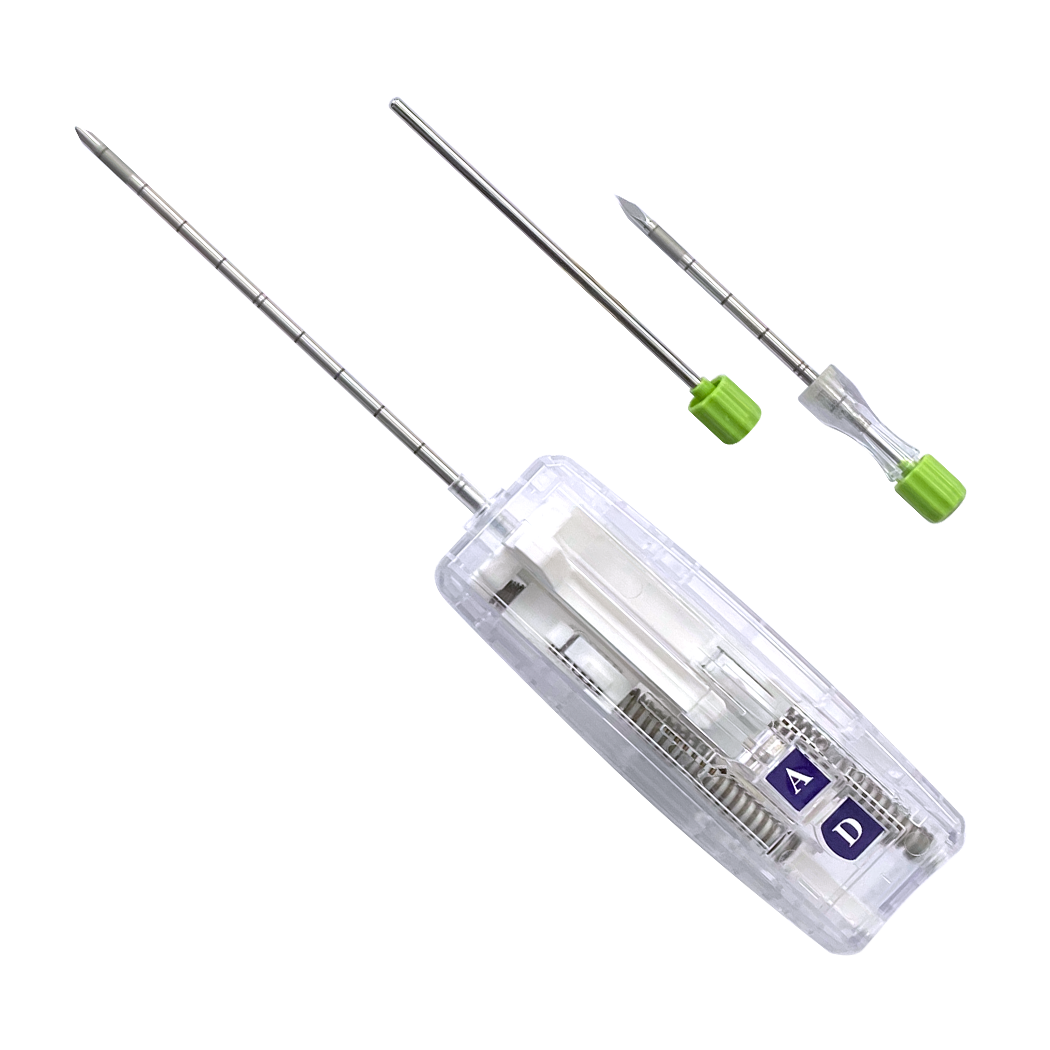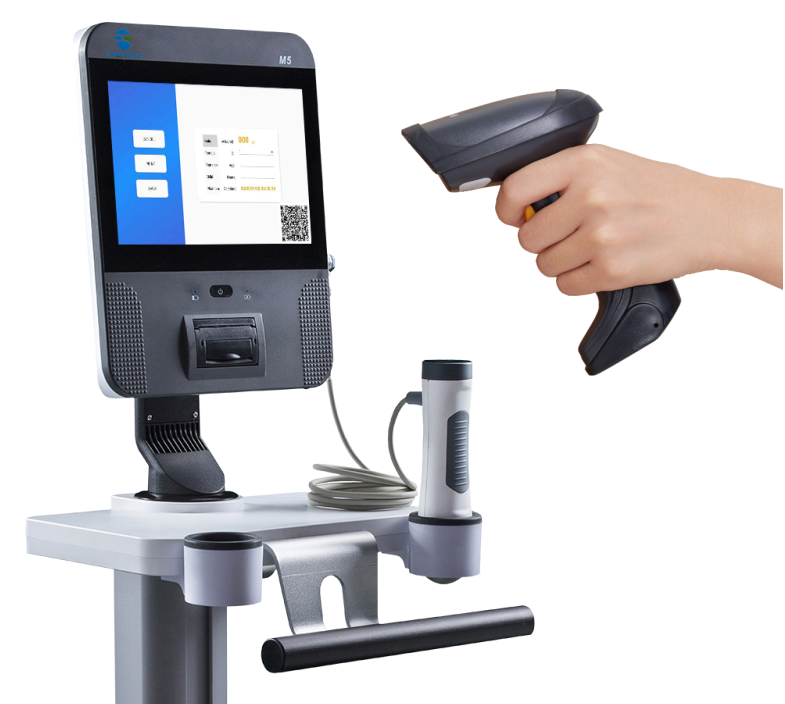The utilization of laparoscopy in the field of urology has experienced substantial growth over the last three decades. Due to the unique anatomical and pathological characteristics of children, it is crucial to employ instruments specifically adapted to their requirements. A dedicated product range has been developed for this particular patient demographic, featuring products meticulously tailored to address the distinct needs of the youngest patients. The use of smaller diameters contributes to reduced scar formation and diminished postoperative pain. Surgeons benefit from the advantages of shorter instruments and increased stability, ensuring both safety and ergonomic efficiency.
Laparoscopic urologic procedures designed for pediatric patients encompass various interventions:
- Orchidopexy, aimed at descending undescended testicles from the abdomen.
- Pyeloplasty, addressing obstructed kidneys through the vascular 'hitch' procedure.
- Diagnosis and treatment of disorders related to sexual development.
- Nephrectomy, including partial nephrectomy.
- Varicocelectomy.
- Transvesicoscopic Cohen ureteric reimplantation.
- Adrenalectomy.
- Management of intersexual states.
Instruments set for urology laparoscopic pediatric surgery include the following:
- Telescopes: 2 mm 0°–30°(trocar 2.5 mm), 2.4 mm 0° (trocar 3.5 mm), 3 mm 0°–30° (trocar 3.5 mm), 3.3 mm 0°–30°–45° (trocar 3.9 mm), 5 mm 0°–30° (trocar 6 mm).
- Trocars, Minitrocars, and self-retained minitrocars: sizes: 2.5 mm, 3.5 mm, 3.9 mm and 6 mm. Tips can be pyramidal, blunt or conical.
- Graspers, dissectors and scissors are available in sizes from 2 mm to 10 mm. They are with or without a ratchet, and they do not need to be assembled.
- Electrodes come in different tip shapes such as spatula, hook and probe. The tip size is fine enough to provide precision and accuracy.
- Suction and irrigation instruments are 2.8 mm and 20 cm diameter or 30 cm in length.
- Knot-tying devices helps surgeons with suturing and ligating tissues.
- Endobags or specimen retrieval products usually are single-use specimen containers used for collecting and extracting tissue specimens.
- Endoloopes facilitate the ligation of pedicles during laparoscopic procedures.
- Endoclips are mainly use to control GI bleeding or to close two mucosal surfaces. They are a mechanical way to stop bleeding in endoscopy procedures.
- Needle holders are used to hold suturing needles.
If you are in need of instruments for these particular pediatric laparoscopic urologic procedures, please don't hesitate to get in touch with us. Our team is ready to assist you by providing customized solutions that align with the specific requirements of each procedure. Feel free to reach out for further information and assistance.
If you need phone support, please (833) 464-6378 Monday - Friday 8:00 AM - 5:00 PM EST or e-mail us at sales@minervahealthinc.com.




